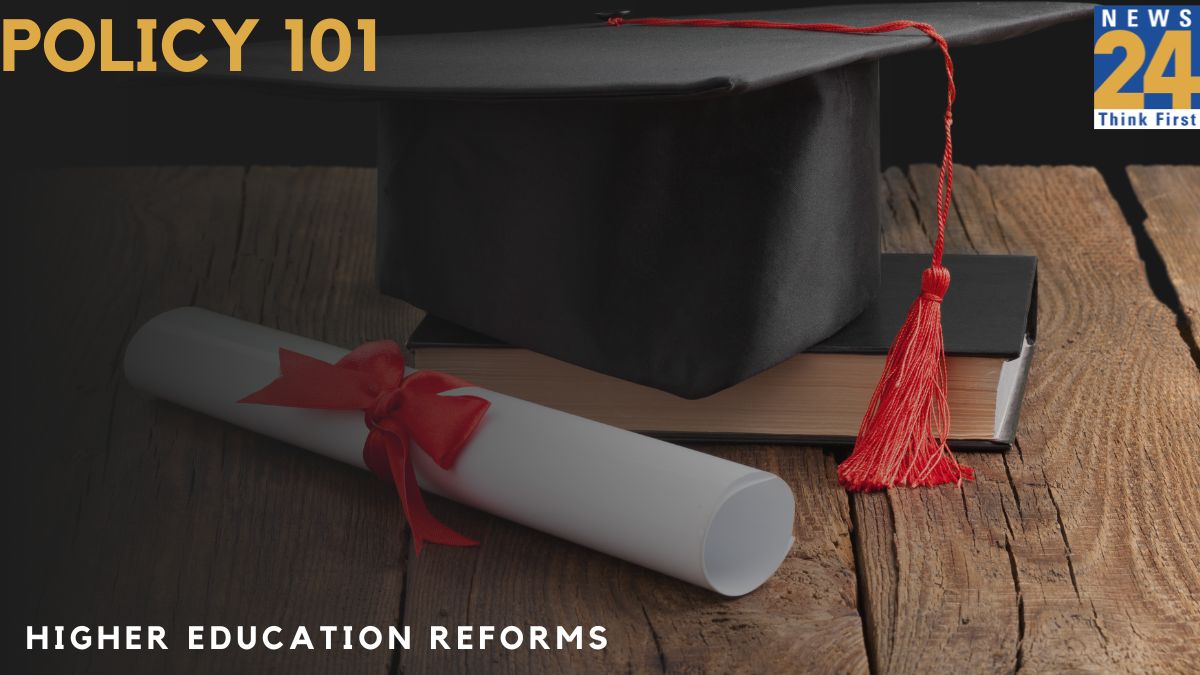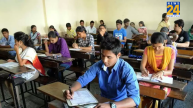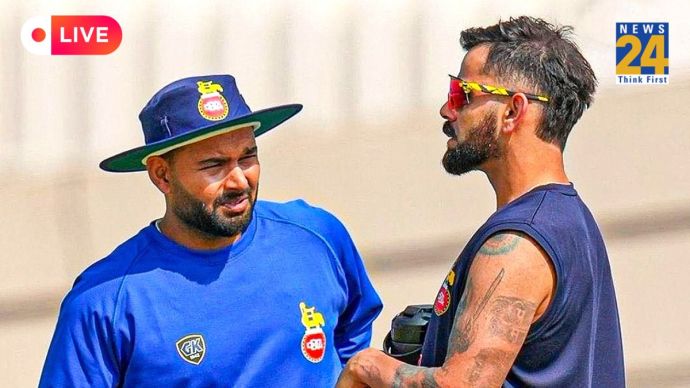The National Education Policy (NEP) 2020 paved the way for broad reforms across the education sector and aimed to increase the Gross Enrolment Ratio (GER) in higher education to 50% by 2035 from 26.3% in 2018. The University Grants Commission (UGC), which is the focal institution empowered to formulate and execute India’s higher education policy, has therefore undertaken several reforms to align India’s education system with global standards, cultivate an environment of innovation, inclusivity, and excellence, and bring India’s workforce at par with a dynamic 21st-century economy.
21st century skills like active learning, out of box thinking, critical thinking, effective communication, collaboration, technological skills and life skills must be developed in our learners @Drsubhassarkar while inaugurating the National Webinar at UGC today.@narendramodi pic.twitter.com/Ui0DjR1X9u
---Advertisement---— UGC INDIA (@ugc_india) August 2, 2021
More autonomous, multidisciplinary HEIs
Since the NEP envisioned greater autonomy for Higher Education Institutions (HEIs), the UGC has made efforts to revamp the undergraduate system and afford HEIs greater flexibility in curriculum design, multi-disciplinary combinations of study, multiple entry and exit points, and administrative processes. Based on their effectiveness and performance against broad parameters set by the UGC, HEIs will be granted varying degrees of autonomy in a transparent, stage-wise accreditation system. Institutions with a demonstrated record of academic excellence, research output, and institutional governance will be granted greater autonomy to design their pedagogy and curricula, assess student performance, and manage internal affairs independently. The One Nation One Data platform will serve as a centralised repository for academic and institutional data reporting and allow better management and transparency in HEI data.
Undergraduate students can now pursue either a 3 or 4-year degree, receiving a certificate after completing 1 year of study, a diploma after 2 years, a Bachelor’s degree after a 3-year programme, with the 4-year multidisciplinary Bachelor’s programme being the preferred option. The UGC has also introduced a Choice Based Credit System (CBCS) to provide flexibility to students in choosing courses and earning credits, to promote student-centric learning and encourage interdisciplinary studies. This will be supplemented by the institution of an Academic Bank of Credit (ABC), which would digitally store the academic credits earned from various recognised HEIs and award students degrees from HEIs based on the credits they have earned.
Promoting research and innovation
Aligning with NEP, the UGC is also set to promote research and innovation across disciplines, including humanities and social sciences, and incentivises HEIs to set up start-up incubation centres, technology development centres, centres in frontier areas of research, and subsequently foster greater industry-academia linkages. Along with Multidisciplinary Education and Research Universities (MERUs), the National Research Foundation, an apex body directing scientific research in the country, will also be established to cultivate research cultures across HEIs and public institutions, while creating corridors of collaboration between academia and government to benefit from breakthroughs in ideas and innovation.
“National Research Foundation Bill 2023 To Be Introduced Soon; PM Modi To Lead NRF Governing Board”
Courtesy: @ABPNews
Read more:https://t.co/Lf8AhmVQhI— UGC INDIA (@ugc_india) June 28, 2023
Vocationalising and digitising education
With the goal of exposing 50% of learners to vocational education by 2025, HEIs will now offer vocational courses in all Bachelor’s programmes, including through partnerships with industry and NGOs. This will allow students to access skill-based and vocational education in cutting-edge domains. Open and distance learning will also receive renewed focus with the implementation of online courses and digital repositories, that are consistent with traditional in-class methods, and credit-based recognition of Massive Open Online Courses (MOOCs).
Way forward?
Though effective reforms to higher education will require inclusive consultations and improved coordination between state education councils, The NEP’s vision provides a clear path for the UGC which is reflected in the latter’s commitment to flexibility, quality, autonomy, and collaboration in education. With the Union Budget 2024 increasing funding for higher education, UGC reforms hold tremendous potential to transform the sector and lead India into a dynamic and competitive future.
Also Read: School Education Reforms In The National Education Policy (NEP) 2020













